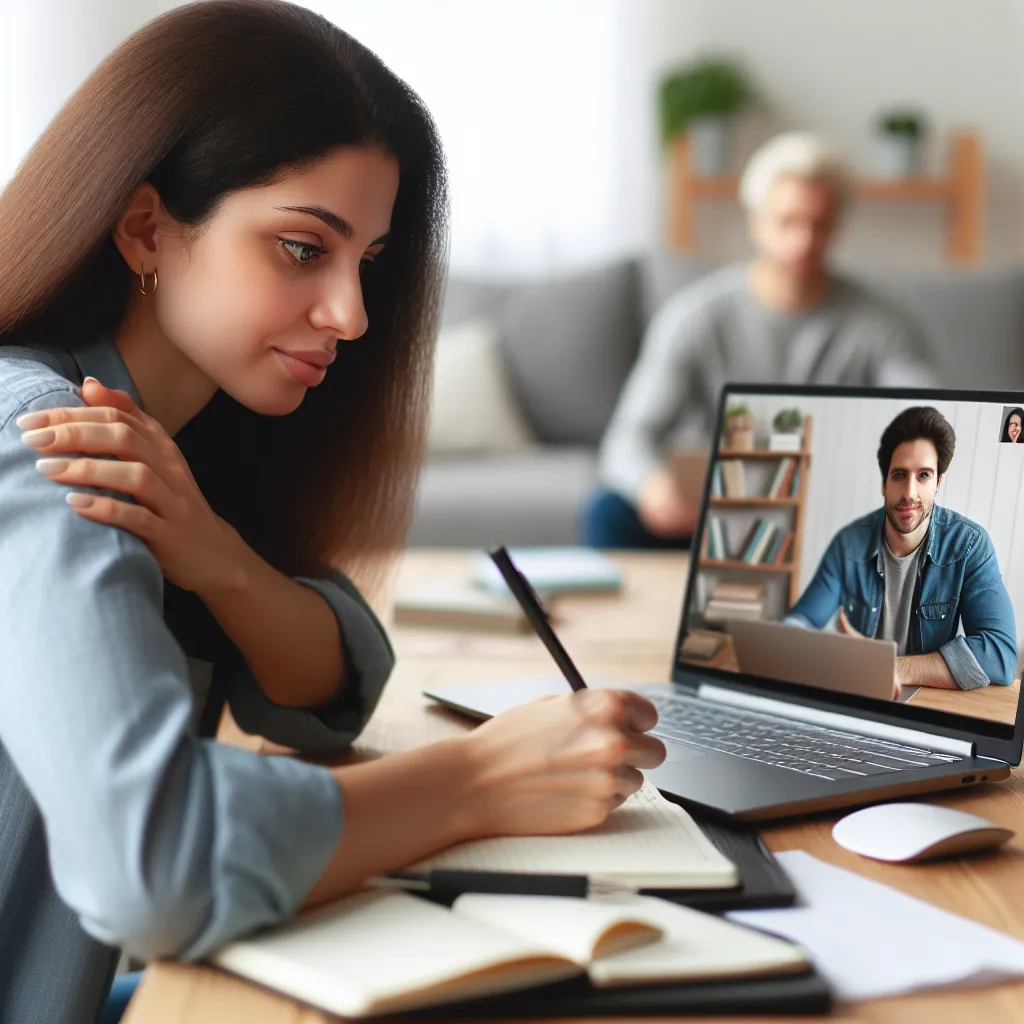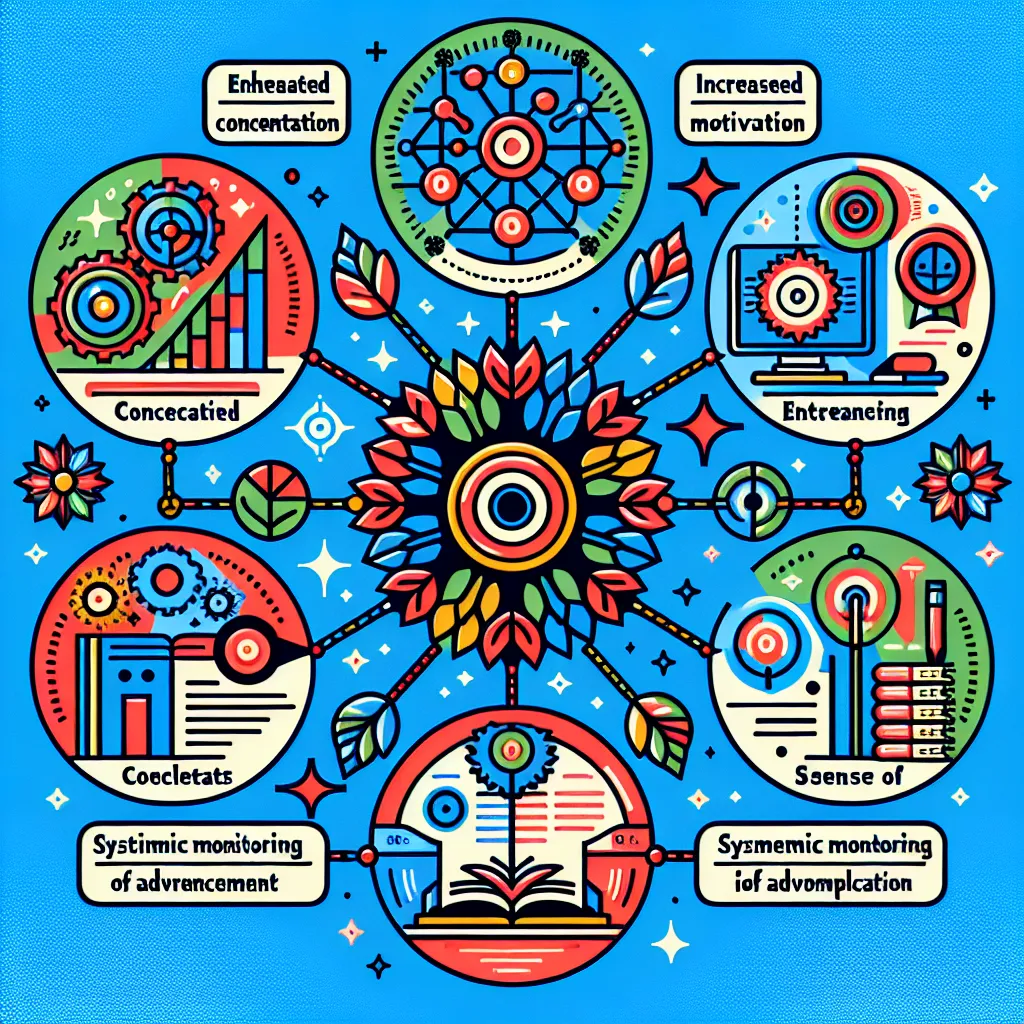Are you looking for engaging and effective ways to improve your English skills? Visual media can be a powerful tool in your language learning journey. In this article, we’ll explore various Strategies For Learning English Through Visual Media, helping you make the most of these resources to enhance your language proficiency.
Why Use Visual Media for English Learning?
Visual media, such as movies, TV shows, YouTube videos, and infographics, offer a rich and immersive experience for language learners. They provide context, cultural insights, and real-life examples of English usage, making the learning process more engaging and effective.
 Visual Media for English Learning
Visual Media for English Learning
Benefits of Learning English Through Visual Media
- Authentic language exposure: Visual media exposes you to native speakers and real-world language use.
- Improved listening skills: You can train your ear to understand different accents and speech patterns.
- Enhanced vocabulary acquisition: Visual context helps you learn and remember new words more easily.
- Better pronunciation: Hearing and seeing native speakers can help you improve your pronunciation.
- Cultural understanding: Visual media provides insights into English-speaking cultures and customs.
Strategies for Effective Learning
To make the most of visual media in your English learning journey, consider implementing these strategies:
1. Choose Appropriate Content
Select visual content that matches your current English level and interests. Start with materials designed for English learners and gradually progress to more challenging content as your skills improve.
- Beginner: Children’s shows, animated movies with simple dialogues
- Intermediate: Sitcoms, documentaries, news programs
- Advanced: Complex dramas, talk shows, technical presentations
2. Use Subtitles Strategically
Subtitles can be a powerful tool when used correctly:
- Start with English audio and subtitles in your native language.
- Progress to English audio with English subtitles.
- Finally, challenge yourself with English audio and no subtitles.
This gradual approach helps you build confidence and improve your listening skills over time.
3. Active Viewing Techniques
Don’t just passively watch; engage actively with the content:
- Pause and repeat: Pause after each sentence or phrase and repeat it aloud.
- Take notes: Write down new vocabulary or interesting expressions.
- Summarize: After watching, try to summarize the main points in English.
- Discuss: Find a language exchange partner or join online forums to discuss the content you’ve watched.
 Active Viewing Techniques
Active Viewing Techniques
4. Utilize Video-Based Learning Platforms
Take advantage of platforms specifically designed for language learning through videos:
- FluentU: Offers interactive captions and personalized quizzes based on authentic videos.
- Yabla: Provides dual-language subtitles and slow playback options for comprehensive learning.
- TED-Ed: Features educational videos with interactive transcripts and comprehension questions.
These platforms often include additional features like vocabulary lists and exercises to enhance your learning experience.
5. Create a Visual Vocabulary Journal
As you encounter new words and phrases in visual media, create a visual vocabulary journal:
- Write down the new word or phrase.
- Note the context in which it was used.
- Draw a simple picture or find an image that represents the word.
- Write an example sentence using the word.
This multi-sensory approach can significantly improve your retention of new vocabulary.
6. Incorporate Visual Media into Daily Routines
Make visual media a regular part of your English learning routine:
- Morning: Watch a short news clip or TED Talk while having breakfast.
- Commute: Listen to an English podcast with video components.
- Evening: Wind down with an episode of an English TV series.
Consistency is key to making progress in language learning. By incorporating these strategies into your daily life, you’ll create more opportunities for English exposure and practice.
Overcoming Common Challenges
While learning English through visual media can be highly effective, learners may face some challenges:
- Overwhelming content: Start with short clips and gradually increase duration as you build confidence.
- Fast speech: Use the playback speed settings to slow down the audio initially.
- Unfamiliar accents: Expose yourself to a variety of English accents gradually to improve comprehension.
- Idiomatic expressions: Keep a notebook of idioms and research their meanings and usage.
Remember, it’s normal to face difficulties. Persistence and regular practice will lead to improvement over time.
Next Steps in Your English Learning Journey
Now that you have strategies for learning English through visual media, it’s time to put them into action:
- Choose a visual media source that interests you and matches your level.
- Set a goal to watch or interact with English content for at least 15-30 minutes daily.
- Apply the active viewing techniques discussed above.
- Join online communities or find a language exchange partner to discuss the content you’ve watched.
- Track your progress by keeping a learning journal or using language learning apps.
For more tips on maintaining consistency in your English practice, check out our article on how to stay consistent with English practice.
By incorporating these strategies for learning English through visual media into your language learning routine, you’ll create a more engaging, effective, and enjoyable path to English fluency. Remember, the key to success is consistent practice and a willingness to immerse yourself in the language. Happy learning!




